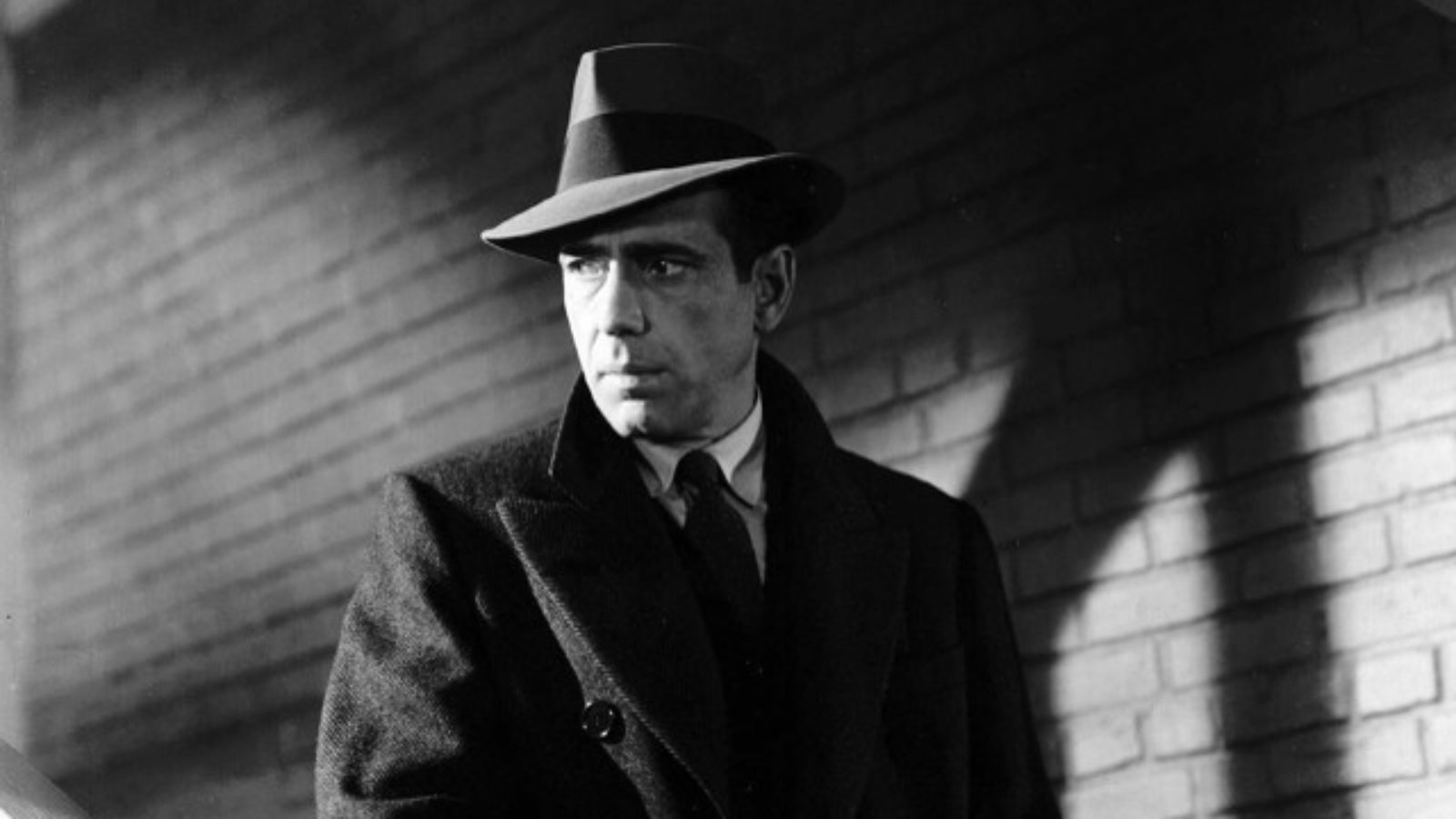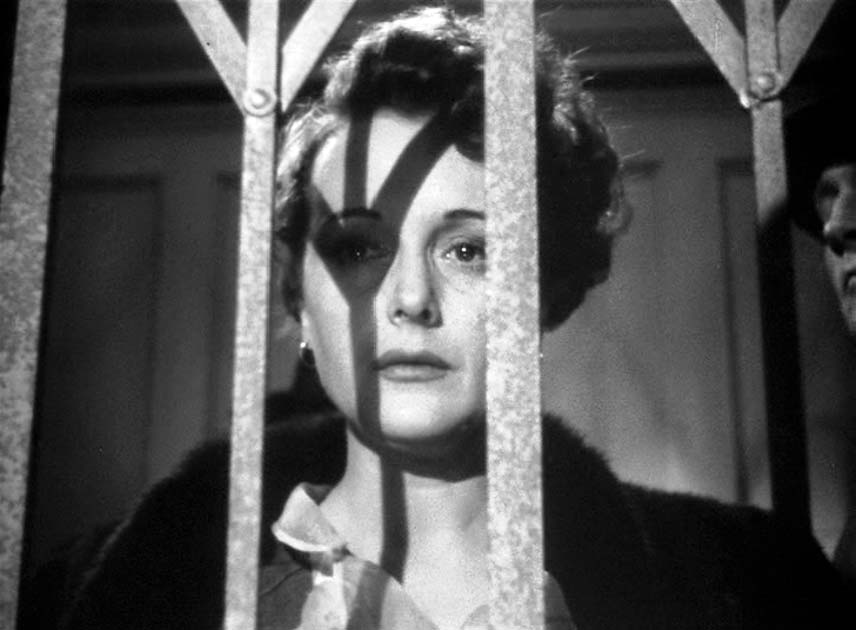Have been wondering Film Noir for
years but never really understand about it. Finally get to learn it by watching
John Huston’s The Maltese Falcon.
Film
Noir?
When think
about the word “Noir”, it is the French word of “black”. So, what is Film Noir?
If direct translate from the word, black film. With the addition of “black”
derived from a French word, so Film Noir is about black film from French
cinema.
Film Noir
is a film movement coined by the French critics in 1946, it can be understand
as a type of American films that being invaded by the French cinemas after
World War II. Film Noir films are made during the 40s and 50s. This was the
time where the Americans question their national identity as they are paranoia
and insecure. Back in those time, men fight in the war while women join the
workforce to earn the livings for family. As women have expanded their
worldview, they become more knowledgeable and realise they are able to become
economically independent. This situation has eventually leads men to question
about the masculine and national identity. The female makes the males to feel “less
than a man”. After the war ended, women back home to take care the family and
domestic sphere.
In 1940s
Film Noir, the focus is on the males concern at women’s growing economic and
sexual independence which threatens the males. In 1950s, it transforms to
reinforce the family values, thus overcoming the femme fatale is intricate to
the reassertion to male identity.
Film Noir is all about a world of
crime, criminals and investigations. The characters’ central motives are
usually greed, lust and ambition, drench in fear. It is filled with violence
and darkness. In this case, the characteristics are becoming “3D”. Before Film
Noir, the characters are either good or bad. Here, people lie because they don’t
trust each other. Film Noir makes the audience to realise there is no people in
this world are completely good or bad.
In terms of
the visual, you will get to see the shots are taken with high-contrast lighting
or also known as low-key lighting, dark with shadows. The scenes are usually
lit for night, set in city-bound, comprising of rain-washed roads and dimly-lit
interiors, involve locations like cramped corridors and alleyways. Film Noir is
also got some influence from Germain Expressionism, where you will always see
oblique horizontal and vertical lines in Film Noir films.
Moving on
to the theme, it’s dark, cynical and pessimism. It is all about tales of
criminal motives that consist of hard-boiled antihero (flawed protagonist)
versus femme fatale and corrupted characters. Blurred morals and intellect are
shown, narration with hopeless tones are employed to deliver the despair feeling
from something devasted already happened.
The men in
Film Noir are always the investigator, on the opposite, women are the object of
male’s investigation and then get punished for being ambiguous over the masculinity.
In the end, it is her sexuality that is under investigation which threatens the
male quest to resolve the mystery. Hence, the closures of Film Noir films
frequent determine the containment of the femme fatale. For instance, women
will face the death, outcast, mental torture or keep behind the bars to conceal
her economic and sexual independence.
Some notable Film Noir films are such
as Double Indemnity by Billy Wilder, The Woman in the Window by Fritz Lang
and also the one I’ll discuss below, The
Maltese Falcon by John Huston.
Synopsis - The Maltese Falcon
A private
detective Samuel Spade investigates on a case that involves him with three
eccentric criminals, a seductive liar and their quest for a priceless statue.
Analysis
First of
all, I get really frustrated by the dialogues. To be honest, the sentences they
speak is way too long. If there is no subtitle provided, I would have hard time
to understand what they said before they are done with speaking. Secondly, is
it common to see everyone in the society is so well-dressed from head to toe?
It makes everyone look so high class but the fact is, everyone in that time was
just the same like that.
There is an
interesting character name in the film. Ms. Wonderly, such a beautiful name,
right? Also known as Ms. O'Shaughnessy, such a classy name but if break
it down, it could be Ms. “Oh So Nasty”? What a surprise, an elegant name with
underlying meaning that well describe the character with such characteristic.
The film
also confuse me by having an antihero. I mean when watching a film, don’t you
automatically put the focus on the protagonist? Instead, we’re following his
point of view to solve the investigation. Normally we labeled protagonist is
good. But here, Spade is a bad guy. He asks his secretary to tell lies.
Besides, Ms. Wonderly becomes a subject for him to follow. She tells lies too.
However, Spade is still a smart guy who doesn’t fully put her trust on Ms.
Wonderly, although he is sort of sexually attracted by her, which is a man’s
nature, I guess? Overall the antihero experience is quite new to me.
The intelligent
use of shadows by having light enter the lcoations through windows and curtains
create a criminalistic world the society live in. The people’s talking in locations
like doorways, living room, table are always crowded with many people. It makes
people to feel suffocating and mysterious of what’s going on.
Because
people are having trust issue towards each other, so it’s not about doing the
right thing, but follow your intention. The film shows the world is unstable
and malicious, people everywhere have intention. For every good, there is evil.
And in lies, there are endless lies.
Conclusion
I like the backstory
of Film Noir, but I don’t like how it shuts down the women power. The rise of
femme fatale is possibly contribute to the feminism we have in current world, the
gender equality we share today is probably a result passed from the previous
century. Without Film Noir, people won’t realize women is as capable as men. However,
it’s normal to feel the fear, tension and competition between genders just like
what presented in Film Noir as people tend to worry about getting replaced by
another.
The psychological play is strong. I
think it’s the most interesting point to study Film Noir.
References
1 – The Maltese Falcon’s IMDb (http://www.imdb.com/title/tt0033870/)
2- Film Studies lecture notes






